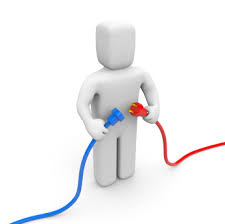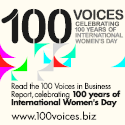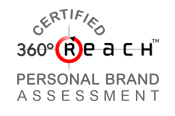 If you read my blog regularly you may recall a recent post about “drift.” Over the last year I have discovered much about the impact of drift in my own life.
If you read my blog regularly you may recall a recent post about “drift.” Over the last year I have discovered much about the impact of drift in my own life.
This year one of my coaches, Laura Clark, has helped my explore my personal drift on a much deeper level. One discovery in my work with Laura has been the power of experiencing the drift like the wind on my face. I am also learning to use my own strengths in new and different ways — including asking powerful, and tough, questions.
Most people who know me, including my clients, will tell you I ask tough questions . . . and now I’m learning how to use them to help others who are experiencing drift.
If you are seeking more satisfaction, meaning and fulfillment from your career, it could be time for you to ask the tough questions, too.
WARNING: Tough questions can cause discomfort, uncertainty, and doubt.
Before you blow by and quickly answer each question just to move on to the next task, I challenge you to pause. Pause and feel the wind on your face. If you are inside, pause and feel the temperature of the air in the room on your face.
Here are a few very powerful questions:
- Who am I?
- Where am I?
- Why am I here?
Do you feel the wind or temperature?
During the last year as I have focused on each of these questions in a new and deeper manner, I have rediscovered the power each question truly holds — and, the edge and discomfort of each question.
Whether you are on the edge of transition or transformation, these questions may be all you need to launch you to the next level.
This week, pause and answer these questions. Answer them as they call to you.
Have a comment, share it below. If the questions will serve someone you know, share this post.
Do you want to discuss your answers and how they impact your career, business and work? Let’s talk. I am happy to schedule a career chat with you.
Doing the work you love, living your purpose, and having impact is fun and amazing!
Ready to align awesome?
Contact me to discuss how the power of questions and coaching can transform your life, your results and your impact in the world.

 Few do and many more are not willing to do the work. It is the time of year that teachers and kids get spring fever and I start thinking about summer — warm weather, vacation, golf and fun.
Few do and many more are not willing to do the work. It is the time of year that teachers and kids get spring fever and I start thinking about summer — warm weather, vacation, golf and fun. “Make each minute count.” – Dave Edwards
“Make each minute count.” – Dave Edwards Do your networking results need help?
Do your networking results need help?

 Do you have a target job or employer? Are you wondering how to find or increase the number of your personal referrals?
Do you have a target job or employer? Are you wondering how to find or increase the number of your personal referrals? Events can be fun and uplifting -or- they can be dull and a drag. This week I am attending a multi-day national conference. To fully enjoy the event and achieve great ROI I need to do some planning and identify ways to keep my energy high.
Events can be fun and uplifting -or- they can be dull and a drag. This week I am attending a multi-day national conference. To fully enjoy the event and achieve great ROI I need to do some planning and identify ways to keep my energy high.


